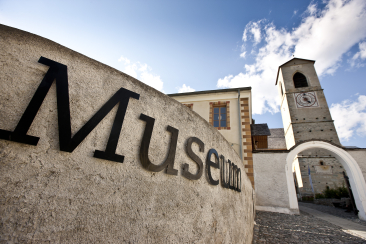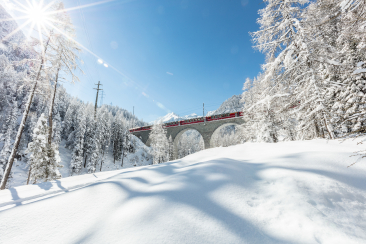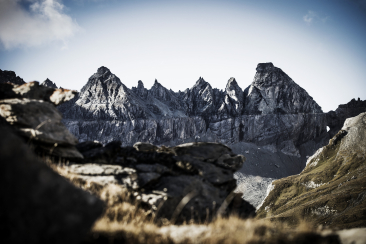The prehistoric rocks of the Tectonic Arena Sardona, the medieval walls of the Benedictine Convent in Val Müstair and the Albula/Bernina railway line – these are all UNESCO World Heritage Sites in Graubünden. For good reason.
What is a UNESCO World Heritage Site?
They are witnesses to times gone by, masterpieces of nature or symbols of living culture: UNESCO World Heritage Sites have exceptional value for humankind. The 1972 World Heritage Convention protects a total of 1,100 of these sites worldwide, and 13 of them are in Switzerland. Their authenticity and integrity make them symbols of the wonders of our earth.
UNESCO Biosphere Reserve
Alpine meadows grow in Val Müstair and Scuol, some of which are still mowed by hand, along with centuries-old larch forests that provide a home for rare species. The biosphere preserves what has long since disappeared elsewhere.



